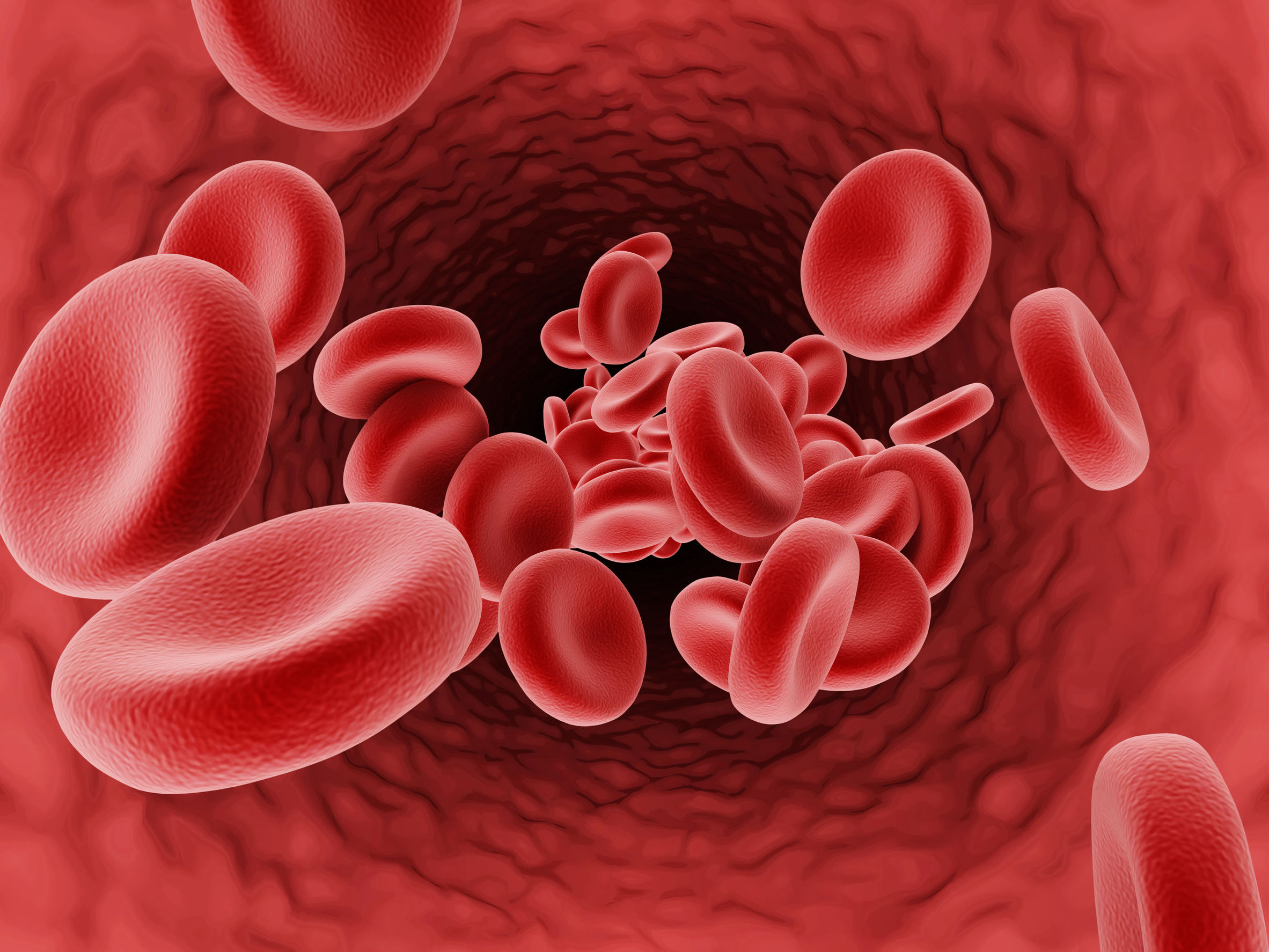Atherosclerosis, more responsive to Eastern Europe: interview with an expert (II)

I talked to Martin Schillinger, Associate Professor of Internal Medicine, Cardiology and Angiology, who is currently focusing on minimally invasive treatment of atherosclerotic diseases. Author of over 250 original papers on endovascular therapy and member of the consultative and editorial councils of numerous international scientific journals, Martin Schillinger has conducted over 600 minimally invasive procedures each year to treat patients diagnosed with coronary artery disease, infarction or limb ischemia. He met many patients in Romania and Eastern Europe, believing that atherosclerosis is more prevalent in this area. : What do you think is the reason why this disease is more prevalent in Southeast Europe? . : I think lifestyle is an important issue, namely smoking. Stopping smoking is the most important change we can make.
Many patients come to us for a second opinion, which is very good. We receive many people as a result of the fact that no one could help them, so from this perspective, we can say that the people we treat in Romania, for example, are much sicker than the total population. Some come to Vienna with big problems, maybe two bypasses or a heart attack. I think it is important for people to be more informed, to make their analysis in time, to go to the doctor more often so that they can detect the disease at an early stage. What are the symptoms of a blockage? .
: Depends on where the lock is. If it is in the heart, the patient will feel pain, but most of the time there are no symptoms, the heart attack simply occurs. Symptoms do not happen to occur, and when they do, they warn that it's too late. For many patients, the first symptom is death. Approximately 80-90% of patients experience a chest tightness in the chest, and for the most part men experience this feeling, unlike women.
Women experience symptoms such as excessive sweating, totally atypical and different from men, which is why they come later. If a woman shows a doctor and accuses the sensations of dizziness, stomach pain or excessive sweating, it is important to evaluate the condition of the heart, even if its symptoms may seem trivial. : What can we do to prevent the disease? . : First of all, it is vital to have a healthy lifestyle. We must avoid smoking, which increases the risk of heart attack in the proportion of 80%; .
Type 1 diabetes is genuinely genetic, but unfortunately most patients suffer from Type 2 diabetes that can be prevented by controlling weight and maintaining a healthy lifestyle. Another problematized person is cholesterol, but it is important to mention that cholesterol alone does not increase heart attacks in a very high proportion. If a person does not suffer from diabetes but has a high cholesterol level (some people have high levels of cholesterol, regardless of the diet they adopt) we can tolerate it and we can handle it. But if it happens to suffer from diabetes, we will need to treat diabetes first of all. Another important factor is hypertension, which may vary depending on stress or lifestyle, but can also be genetic.
It is important to know that gender is also a vital factor, so men suffer a higher proportion of heart disease than women. If we look closely at patients who have had a heart attack by the age of 40, we are stunned to notice that they are all smokers, which makes me return to the initial trigger factor - smoking, which greatly increases the risk of attacks . Smoking inflates the artery and destroys its internal layer, which is actually a protection. The artery is a proper organ that helps create new cells and keep blood inside with the help of an internal layer that can easily be smashed by smoking. .
Source : csid.ro
Views : 3052
Popular Article
- (photo) Nude becomes art.
Posted: 2018-03-17, 9589 views.
- The harmful effects of air conditioning on the skin
Posted: 2017-06-08, 8268 views.
- 3 causes of dyed hair discoloration
Posted: 2017-06-15, 8142 views.
- Why early puberty occurs in girls: symptoms, favors, diagnosis and treatment
Posted: 2017-10-24, 7997 views.
- Good or bad skin treatments in the hot season
Posted: 2017-06-07, 7737 views.
Recommendations
- (photo) Nude becomes art.
Posted: 2018-03-17, 9589 views.
- The harmful effects of air conditioning on the skin
Posted: 2017-06-08, 8268 views.
- 3 causes of dyed hair discoloration
Posted: 2017-06-15, 8142 views.
- Good or bad skin treatments in the hot season
Posted: 2017-06-07, 7737 views.
- Risks of practicing sports on hot days
Posted: 2017-06-12, 7330 views.
 4 effective ingredients in the fight against acne.
4 effective ingredients in the fight against acne. How to get rid of hiccups fast
How to get rid of hiccups fast The wheat bran diet: the secret of lost pounds as if by magic
The wheat bran diet: the secret of lost pounds as if by magic The recipe that will sweeten your soul this weekend!
The recipe that will sweeten your soul this weekend!  Is it dangerous or not to refreeze meat after thawing it?
Is it dangerous or not to refreeze meat after thawing it?  The unusual sign of diabetes indicated by saliva.
The unusual sign of diabetes indicated by saliva. What to drink to boost your immune system.
What to drink to boost your immune system. 10 foods that help you never age.
10 foods that help you never age. What actually happens in your body if you drink a cup of coffee for breakfast
What actually happens in your body if you drink a cup of coffee for breakfast 5 surprising benefits of chia seeds
5 surprising benefits of chia seeds